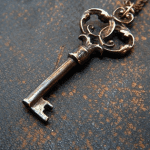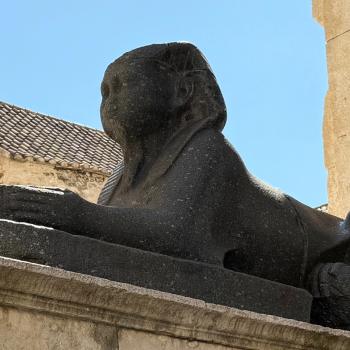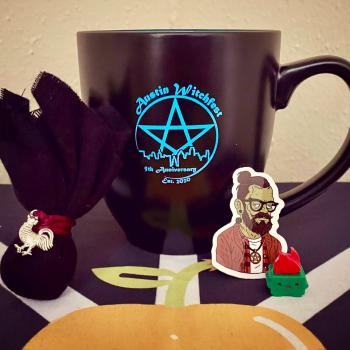I’ve been seeing much discussion of late on what Chaos Magic actually is, which makes me happy — I’m glad that young occultists are showing an interest in understanding it, versus just chalking it up as edgelord eclecticism.
The problem being that I rampantly disagree with everyone else’s definitions, and I am never wrong about anything, ever.
Also I am humble. To a fault. Which is neither here nor there, but still worth spotlighting.
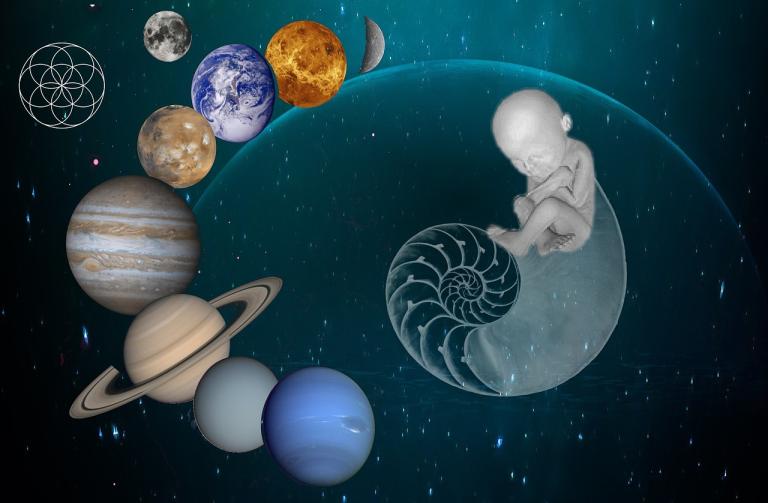
A lot of people seem fixated on the Chaos aspect of Chaos Magic, taking the old Hassan-i Sabbāh quotation, “Nothing is true; everything is permitted,” to mean that nothing matters: Reality is inherently irrational and therefore malleable, capable of being manipulated in any screwball way we see fit, and it’ll either work or it won’t. Others aver that Chaos Magic is a study in pragmatism, with logic and reason being the keys to success. And it’ll either work or it won’t.
It’s kind of a classic battle between Apparent Order and Apparent Disorder, but the truth lands somewhere between the two. And to keep people from accusing me of gatekeeping, I’m going to phrase things thusly: For the purposes of the column, Chaos Magic is defined as an experimental, non-dogmatic approach to magical practice, with an emphasis on a) getting results, and b) having a marvelous time while doing so.
Part of approaching magic from a Chaos perspective is being aware of the boundaries and limitations of any given situation, and then figuring out ways to make stuff happen within them, or to circumvent them all together. It’s not so much about shifting the paradigm as it is rewiring the paradigm from the inside. If that makes sense. (And I’m not entirely sure it does, but here we are.)
I’ve been trying to come up with a good example of Chaos Magical Theory in action, and I’ve settled on lithomancy — divination with stones — mainly because it’s my latest obsession, but also because I can go through the process of how I applied Chaos Magic to research it, get decent at it, and try some out-of-the-box experiments with it. Plus, I want to show that Chaos Magic is more than just sigils and servitors: It’s diving into any field that interests us, metaphysical or otherwise, learning whatever we can, then putting our new knowledge to work to see what kind of results we get, and if those results can be repeated.
So lets fling some nuggets merrily about and listen to what they can tell us.
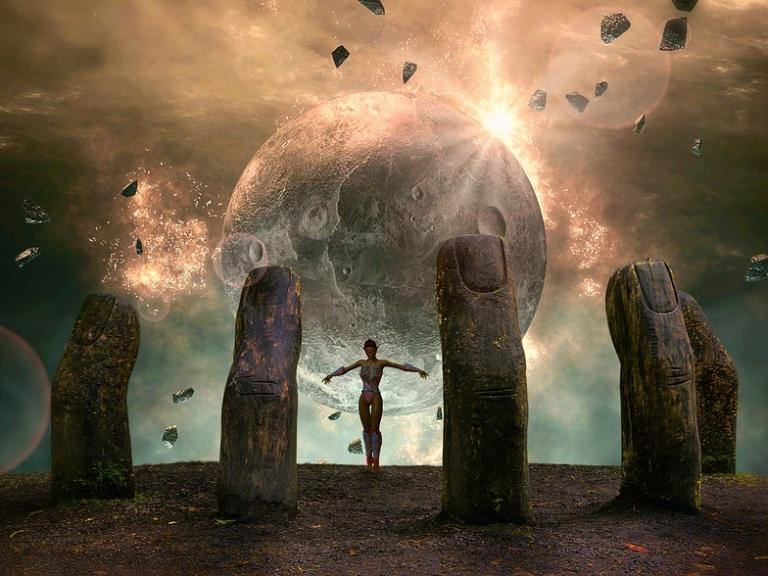
I don’t remember what I was actually looking for when I found it (thanks, ADHD!), but several months ago, I randomly came across the entry for lithomancy on Wikipedia, which included the following statement:
In one popular method, 13 stones are tossed onto a board and a prediction made based on the pattern in which they fall. The stones are representative of various concepts: fortune, magic, love, news, home life and the astrological planets of Mercury, Venus, Mars, Jupiter, Saturn, the sun, and the moon.
This struck me as intriguing, so I dropped whatever I was actually trying to do and scrolled down to the associated citation, which led to Witchcraft Today: An Encyclopedia of Wiccan and Neopagan Traditions. I was able to find the encyclopedia online, but it didn’t provide any further information on the history of lithomancy, or how the concepts listed above got incorporated into it.
They had to come from somewhere, though, so I kept digging, and after more than a few dead ends, I bumped into the 1978 book Witchcraft for Tomorrow by Doreen Valiente. According to Valiente, lithomancy is “particularly associated with witchcraft,” and she goes on to describe her preferred method of reading:
It requires thirteen stones, the typical witches’ number, namely seven stones for the seven planets, plus a life stone, a luck stone, a love stone, a home stone, a news stone, and a magic stone. […] My own set of stones consists of a mixture of stones which I have found and those which I have bought… [O]ne’s set of divining stones should be individual to oneself, satisfying one’s own idea of what is right in this way and appealing to one’s own inner mind.

Right away, I knew that the “popular” method of lithomancy described on Wikipedia probably originated with Witchcraft for Tomorrow, which is perfectly fine, albeit it another instance where proper attribution would’ve been helpful. Anyway, Valiente encourages the Witch to collect their stones “at an appropriate time,” such as a day with favorable planetary aspects during the waxing Moon, or on one of the Sabbats. She also states that when the stones are cast, the Witch should rely on intuition to interpret how they relate to each other, based on proximity.
So here’s where the Chaos Magic kicked in. I really wanted to play with lithomancy, but I didn’t have any stones. (I’m just not a crystals-on-hand kind of Witch. Sue me.) My car was getting repaired, and I didn’t have any cash, so a shopping excursion was undeniably out of the question. And because I work a non-traditional schedule, I honestly wasn’t quite sure what day it was.
With those limitations acknowledged, and knowing that the meanings of the stones were more important than the stones themselves, I made a couple of determinations:
- Regardless of the calendar or anything going on astrologically, the day I committed to practicing lithomancy was the most appropriate time to collect my stones.
- The perfect objects with which to practice lithomancy were already in my immediate vicinity; all I needed to do was locate them.
I want to point out that these were not rationalizations on my part. It wasn’t like, “Meh, whatever, I’ll just make some arbitrary substitutions.” It was an attempt to use belief as a tool — I decided to believe wholeheartedly that the stones were somewhere in my apartment and would make themselves known.
And they did. Meet my dad’s antique marbles, which I found in a stoppered jar in the back of one of my kitchen cabinets.
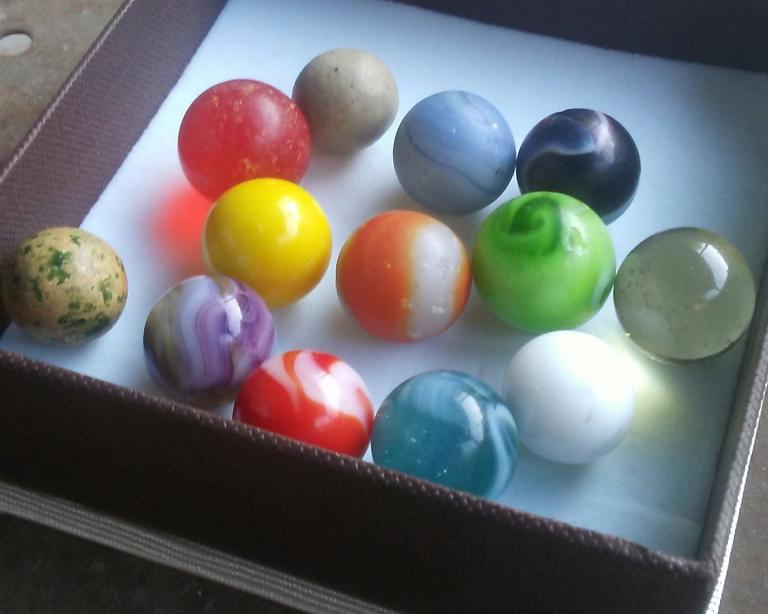
I followed the rest of Valiente’s instructions pretty much to the letter: Make a circle on a table or the floor with a consecrated cord; trace along the inside of the circle with a ritual knife; chant some fun, Witchy words; then (gently) throw the stones into the circle. The magic stone is the Indicator, and yes/no questions are answered by the Jupiter and Saturn stones — if the Indicator is closer to Jupiter, the answer is yes, and if it’s closer to Saturn, the answer is no.
I ran a series of yes/no readings to get a feel for things, and then I started branching out and paying attention to the various patterns created by the positions of the other marbles, which generated answers like, “Yes, and here’s why,” and, “No, because of these factors.” It all seemed pretty accurate, but I wanted to introduce some variables to stress-test the system. So I got on Twitter and was like, “QUERENT REQUEST THREAD. I want to try some readings in which I don’t have any personal stakes.”
And my followers brought it, y’all. But I threw marbles for all of them, and I realized very quickly that the best way to interpret the readings was to craft little one- or two-line koans that sounded cryptic AF when I read them back to myself, but that always seemed meaningful to the people I was reading for.
For instance, Deborah commented, “I have a trip coming up in October, and I’m both thrilled and really worried. Tell me which emotion is warranted.” So I looked at the placement of the marbles, noting that Luck was between Saturn and Mercury, and that the Sun was between Saturn and the Indicator. And I was like, “Luck prevents worry from affecting travel; happiness prevents worry from affecting you.” Which felt like pablum to me but carried significance for her.
Not every reading was quite so smooth, though, and a couple of times I got so caught up in minor details that I missed the big picture. Like, somebody asked about looking for initiation or a mentor, and I saw a straight path from the Indicator to something initiatory, but I didn’t think to mention the Venus/Sun conjunction that appeared nearby. Which definitely would’ve been good for him to know, because a few days later, he tweeted about meeting an amazing woman who gave off (and I quote) “solar energy,” under whom he was going to get to start studying. So, y’know, I kinda took a hit on that one.
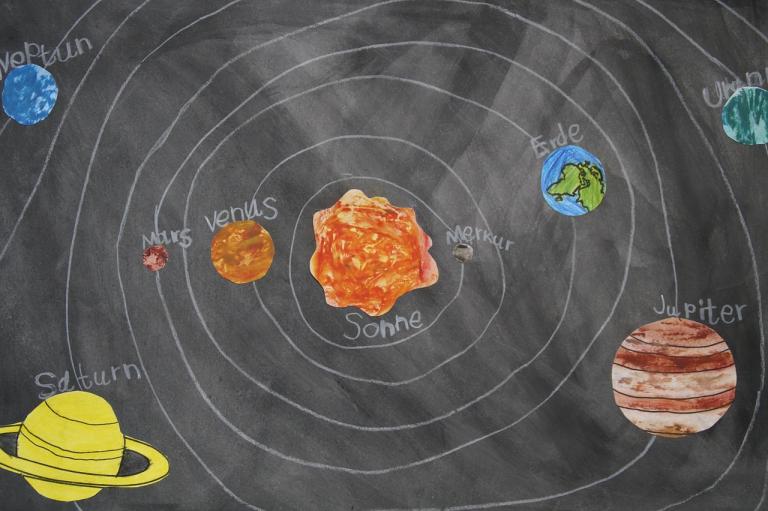
But, even if my precision wasn’t 100% on the mark, I did confirm that I could read for both myself and others. From that point of view, the experiment was a success, and this opened the door for the What Ifs to wander in and pique my curiosity.
What if I cast the marbles onto an astrological chart? Or laid them out in a circle and suspended a pendulum over them? Would my Five Fingered Hand of Eris pendant make a good pendulum? Could the classical Elements tie into lithomancy along with the planets? What if I repurposed Home, Love, News, Luck, and Life as Earth, Water, Air, Fire, and Spirit? Pythagoreanism equates the Elements with specific polyhedrons — what would happen if instead of marbles, I picked up gaming dice in those corresponding shapes?
And then I was like, what if I scrapped the planets and used the marbles to represent the points of the Chaostar? If I did that, what would I do with the five leftover marbles? Could they line up with the Discordian Elements? Let’s look at that:
- Home – Earth – Prickle
- Love – Water – Sweet
- News – Air – Pungent
- Luck – Fire – Orange
- Life – Spirit – Boom
So what would the Discordian Elements mean? Since they correspond to the five senses, perhaps they could signify what information is needed to move forward? Would a Chaos/Discordian take on lithomancy still produce accurate readings?
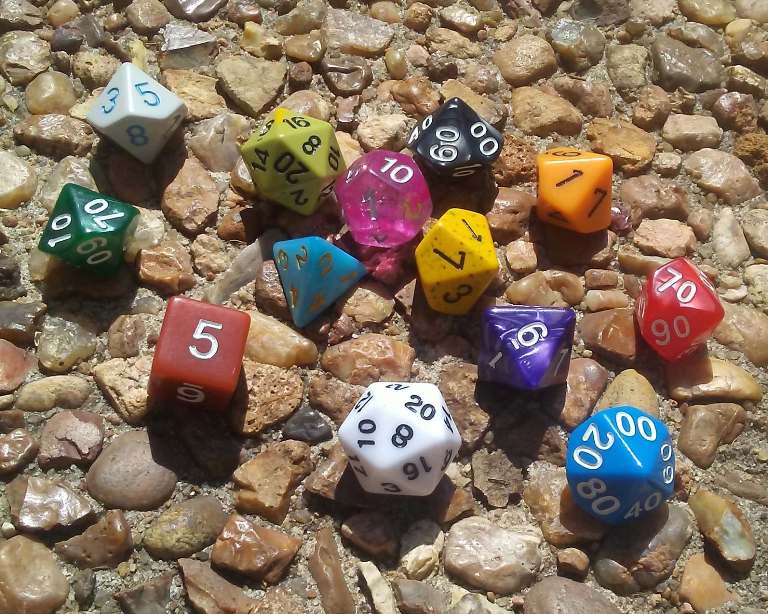
As orange would have it, Storm jumped into the Twitter thread (which is still open, in case you’ve got a question of your own) and asked, “Will our feud ever come to an end?”
The black marble landed right next to the Indicator, with the yellow and red marbles beside it. Literally translated, they read, “NO: EGO WAR.” Which is about as Discordian an answer as I could’ve hoped for.
And y’all, listen, I know that this has not been the most interesting or pioneering freefall into Chaos Magic. But I got from “I don’t have the resources to do this thing” to “I am now doing the thing consistently” by utilizing Chaos Magic principles, which gives me a solid jumping-off point for whatever I decide to do next.
I’ll ask the marbles if they have any suggestions.
PS: The magic words Valiente provides — which are to be chanted three times before casting the stones — are, “ADA ADA IO ADA DIA.” Valiente believed that they derived from Welsh, and there’s a chance they might actually be corrupted Welsh Romani. But just for grins, I changed them to “ADA ADA IO ADA ERIS.” And I’ll be damned if my next reading wasn’t clear as a bell.
Whether the revised chant had anything to do with it is anyone’s guess. But I do feel like it’s safe to say that Discordian divination is officially a thing.






